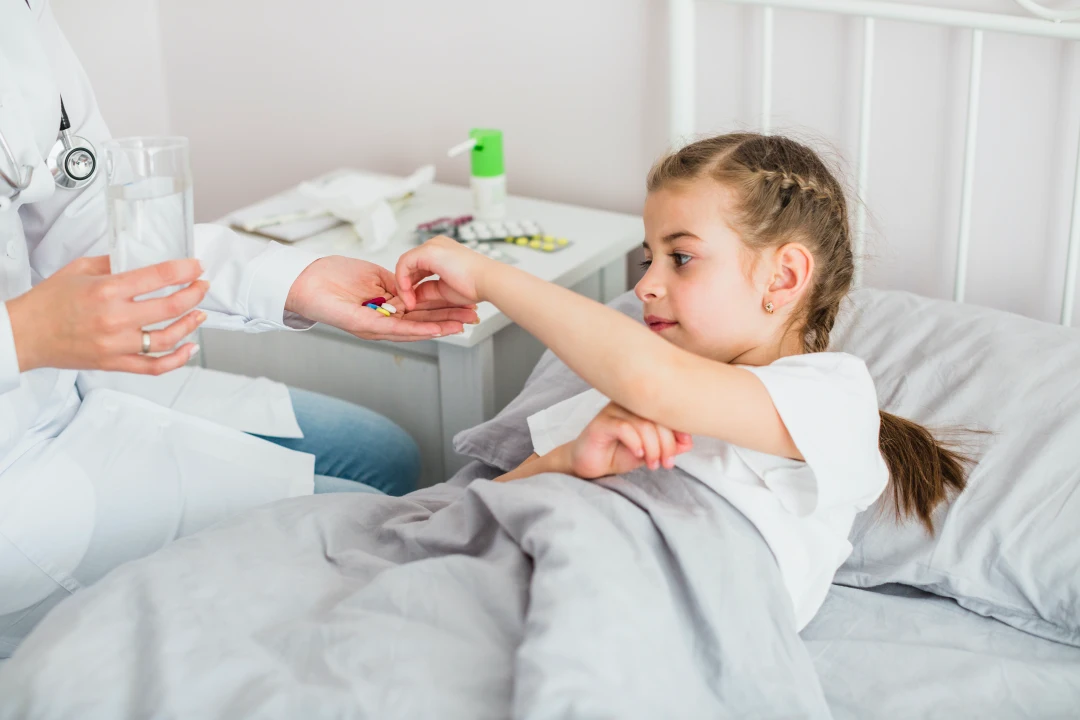Diagnosing poisoning in children requires a prompt and precise approach to identify the cause and initiate appropriate treatment. Here are the steps typically involved in the diagnostic procedure for poisoning in children:
- Medical History (Anamnesis)
- Identification of Substance: Try to determine what the child has ingested, inhaled, or come into contact with. This may involve asking parents or caregivers about available chemicals, medications, and plants in the household.
- Time of Exposure: Establish when the exposure occurred and how much time has passed since then.
- Quantity: Attempt to determine the amount of substance ingested or inhaled.
- Physical Examination
- Vital Signs: Check the child’s breathing, pulse, blood pressure, and temperature.
- General Appearance: Assess consciousness, skin color, presence of rashes, or burns.
- Specific Symptoms: Pay attention to specific symptoms such as nausea, vomiting, abdominal pain, breathing difficulties, confusion, and seizures.
- Laboratory Tests
- Blood Tests: Blood analysis can help detect the level of poison in the body, liver and kidney function, electrolyte levels, and acid-base balance.
- Urine Tests: Urine analysis can reveal the presence of certain poisons or their metabolites.
- Toxicological Tests: Specific tests to identify poisons, including drugs, alcohol, pesticides, and heavy metals.
- Diagnostic Imaging
- X-Ray: Can help identify the presence of foreign bodies in the body, especially if ingestion is suspected.
- Ultrasound: Used to assess abdominal organs and can help detect complications.
- ECG (Electrocardiogram)
- Cardiac Activity: An ECG can reveal changes in heart activity caused by certain poisons affecting heart rhythm.
- Specific Tests
- Blood Gases: Arterial blood analysis to check oxygen and carbon dioxide levels.
- Pulse Oximetry: Measurement of oxygen saturation in the blood.
- Consultations
- Toxicologist: Consultation with a toxicologist can be useful for specific treatment guidelines.
- Pediatrician: The pediatrician will coordinate treatment and ongoing care for the child.
Treatment Approach After Diagnosis
- Decontamination: Depending on the type of poison, decontamination may include washing the skin, rinsing the eyes, or gastric lavage.
- Antidote: Administration of a specific antidote if the poison is known and an antidote is available.
- Supportive Therapy: Treatment of symptoms such as respiratory support, rehydration, correction of electrolyte imbalances, and seizure management.
- Monitoring: Continuous monitoring of vital signs and laboratory results to assess the effectiveness of treatment and recovery progress.
Timely and accurate diagnosis is crucial for the effective treatment of poisoning in children. If you suspect poisoning, seek medical assistance immediately.



0 Comments